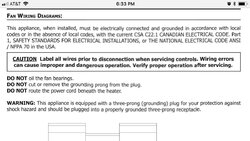Thanks saewoody. That's helpful to know, especially since you're in the same area of the country. Do you mind sharing your house layout and square footage?
Sorry I haven’t responded, I hadn’t been back to your thread and seen the question. I just happened to revisit it today. It’s helpful if you hit the “reply” button, then I would get a notification that you asked me a question.
My house is currently a colonial with the stove in the front right corner of the house, on the first floor. When we bought the stove several years ago the house looked like a cape, but with with no living space upstairs, just a walk up attic; I guess that technically made it a ranch. The original house was a floor plan of about 900 sq ft. We already had three kids and a fourth on the way, so we decided to do an addition and put all the kids bedrooms upstairs and make an actual functional kitchen while we were at it. Before the addition, we went through 5 cords a winter. Since the addition, we have also gone through five cords a winter. The original house was built in 1938 and didn’t really have much in the way of insulation. The addition and the original house are now fairly well insulated.
My wife wanted the Boston, but it was slightly bigger than the Kodiak and we didn’t have the inch to spare according to the stove store. Good luck with the new stove.
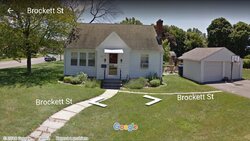
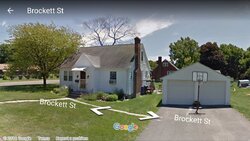
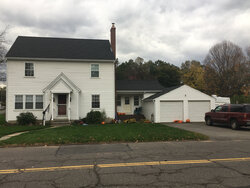
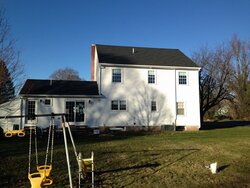
Last edited by a moderator:


